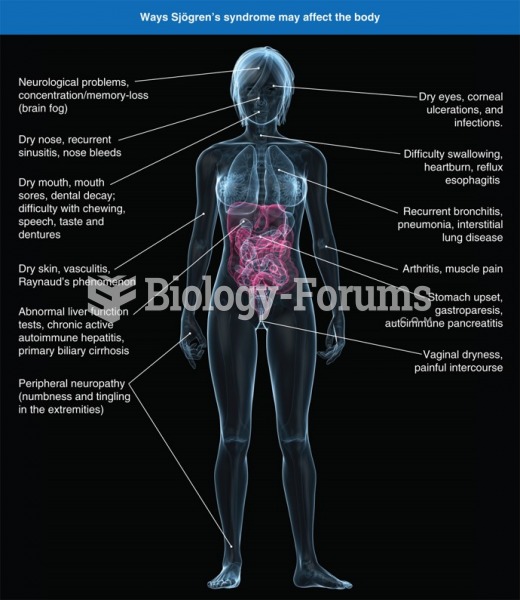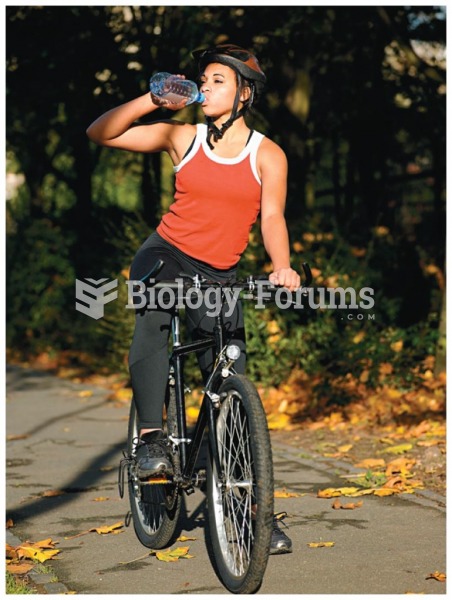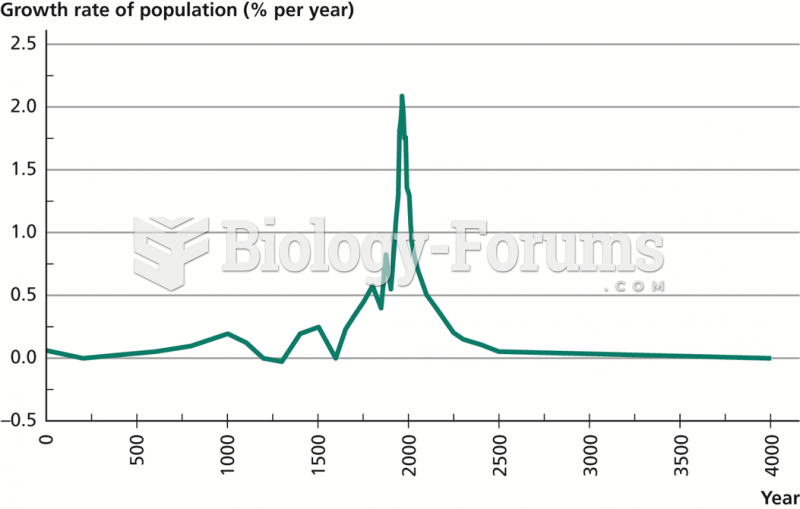Answer to Question 1
A
Feedback
A Lead can be present in the home and in toys made overseas. Environmental
injury can also be the result of mercury, pesticides (flea and tick collars), radon,
and exposure to the sun and secondhand smoke. It is important for the nurse to
provide health teaching related to these factors.
B The nurse is unable to influence socioeconomic status.
C It is too late for the nurse to instruct the mother regarding smoking or alcohol
intake during pregnancy. This should have been included in prenatal teaching.
D It is unlikely that a 2-year-old child will still be breastfeeding.
Answer to Question 2
B
Feedback
A The numbers do not accurately reflect the woman's gravidity and parity infor-mation. Using the GTPAL system, her information would be calculated as:
G: This, the first number, reflects the total number of times the woman has been pregnant; she is pregnant for the fourth time.
T: This number indicates the number of pregnancies carried to term, not the number of deliveries at term; only one of her pregnancies has resulted in a fetus at term.
P: This is the number of pregnancies that resulted in a preterm birth; the woman has had two pregnancies in which she delivered preterm.
A: This number signifies whether the woman has had any abortions or miscar-riages before the period of viability; she has not.
L: This number signifies the number of children born that currently are living; the woman has four children.
B This is the correct calculation of this woman's gravidity and parity.
C The numbers do not accurately reflect the woman's gravidity and parity infor-mation. Using the GTPAL system, her information would be calculated as:
G: This, the first number, reflects the total number of times the woman has been pregnant; she is pregnant for the fourth time.
T: This number indicates the number of pregnancies carried to term, not the number of deliveries at term; only one of her pregnancies has resulted in a fetus at term.
P: This is the number of pregnancies that resulted in a preterm birth; the woman has had two pregnancies in which she delivered preterm.
A: This number signifies whether the woman has had any abortions or miscar-riages before the period of viability; she has not.
L: This number signifies the number of children born that currently are living; the woman has four children.
D The numbers do not accurately reflect the woman's gravidity and parity infor-mation. Using the GTPAL system, her information would be calculated as:
G: This, the first number, reflects the total number of times the woman has been pregnant; she is pregnant for the fourth time.
T: This number indicates the number of pregnancies carried to term, not the number of deliveries at term; only one of her pregnancies has resulted in a fetus at term.
P: This is the number of pregnancies that resulted in a preterm birth; the woman has had two pregnancies in which she delivered preterm.
A: This number signifies whether the woman has had any abortions or miscar-riages before the period of viability; she has not.
L: This number signifies the number of children born that currently are living; the woman has four children.







